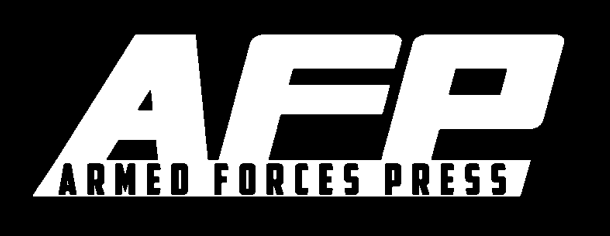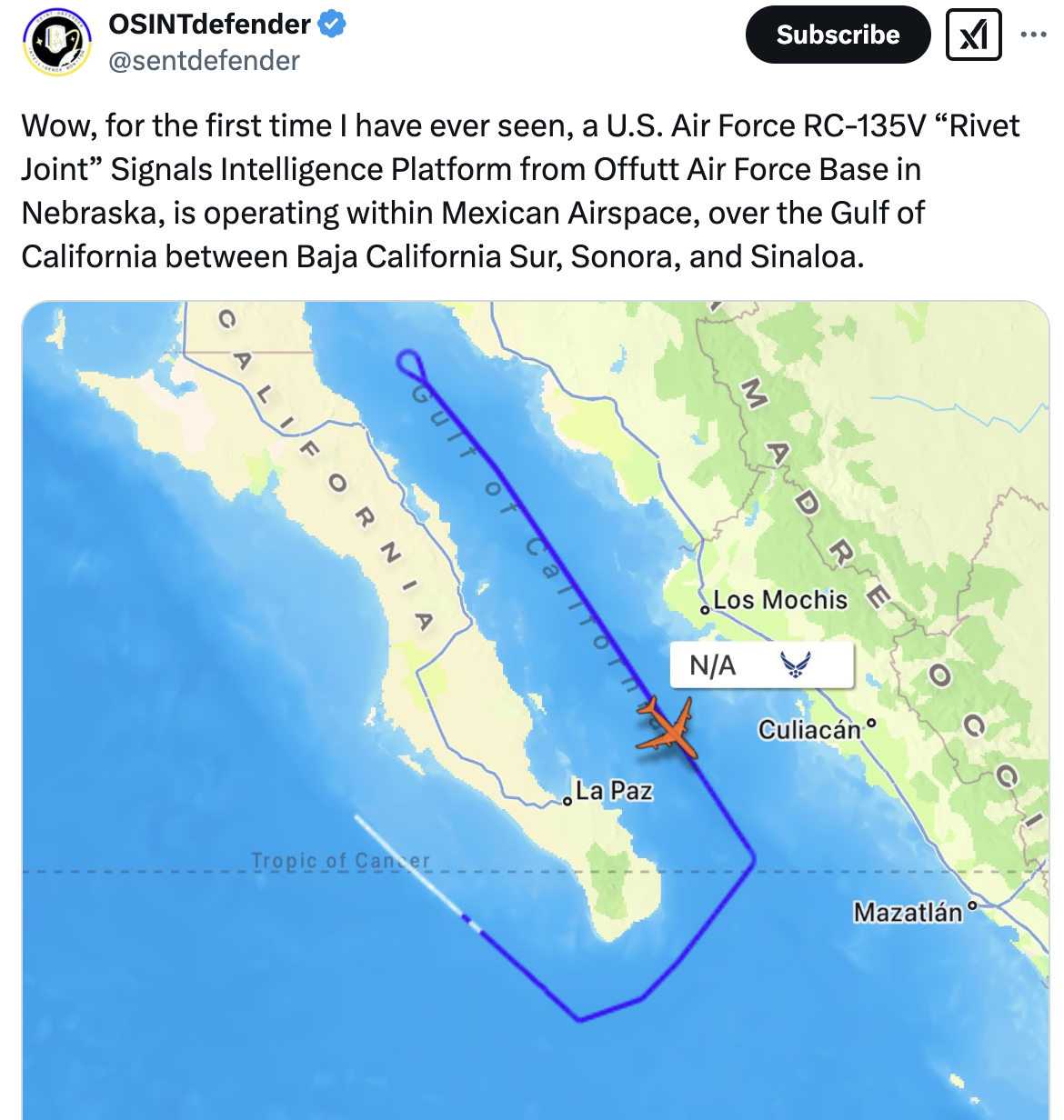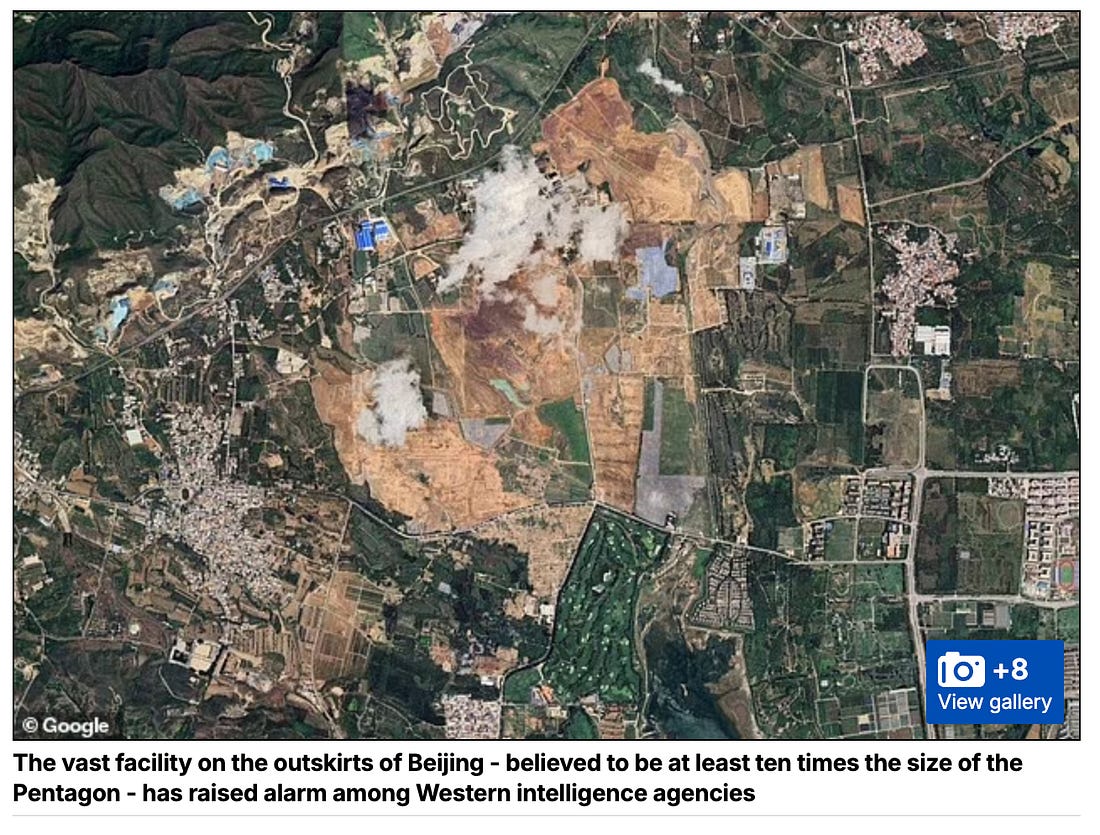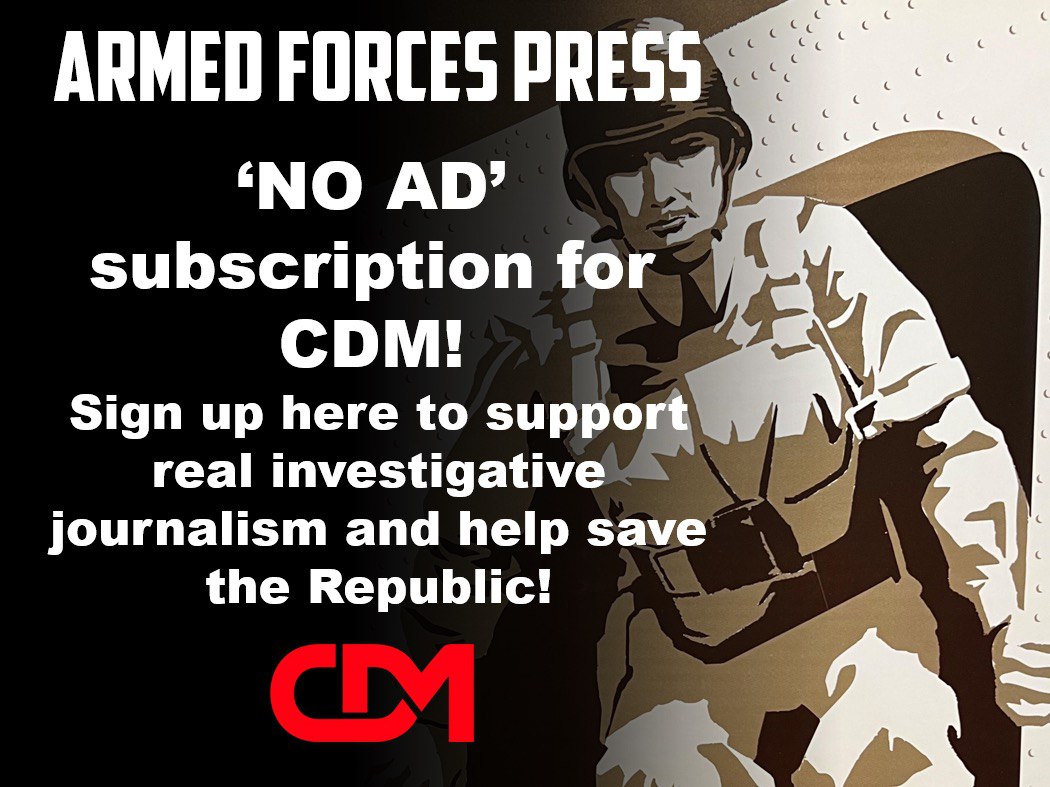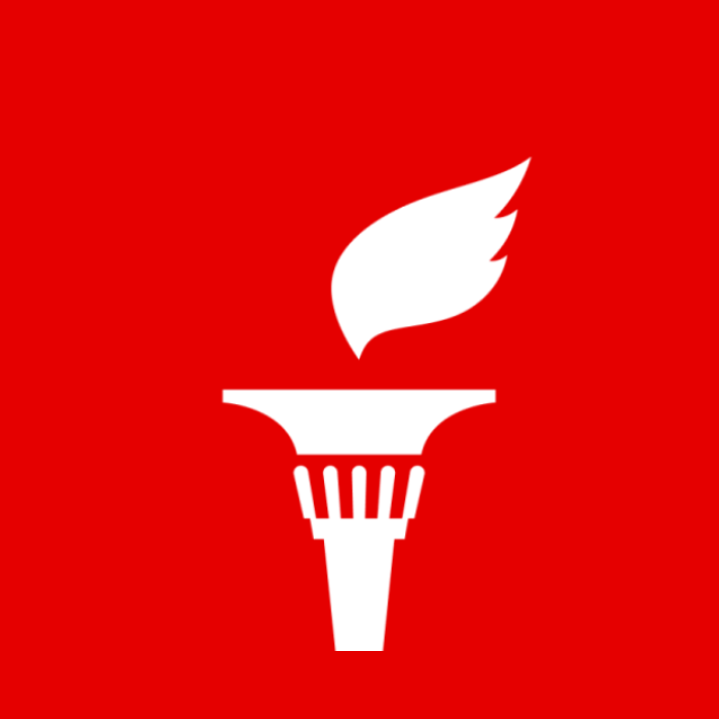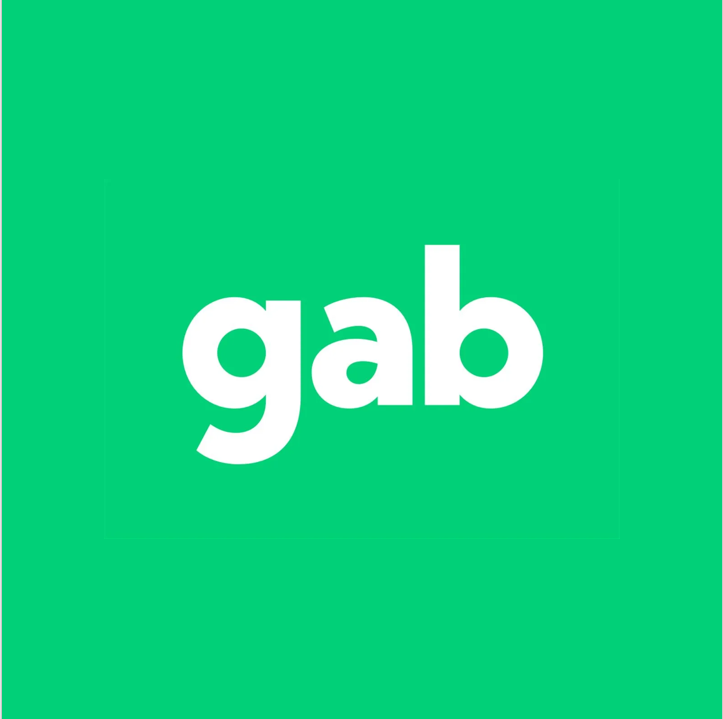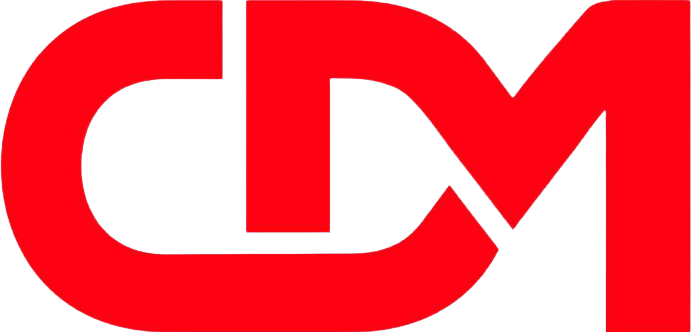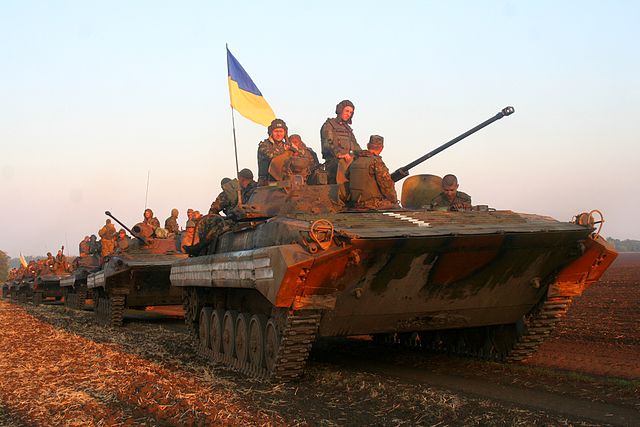
Part Two of Three
2010: The Obama administration approved funding for “Clandestine Operations in Ukraine.” With funding in place, the State Department and CIA sent their most experienced color revolution administrators to begin operations on the ground in Ukraine.
September 2013: Victoria Nuland is appointed to the post of Assistant Secretary of State for European and Eurasian Affairs. A U.S. diplomat for 35 years, Nuland served six of the last seven U.S. Presidents (she resigned from the State Department when Donald Trump was elected in 2016, then rejoined when Biden became President in 2020). She also worked for 10 Secretaries of State, to include Hilary Clinton and John Kerry, as well as a special assistant to Dick Cheney. Nuland was no stranger to Ukraine politics and had amassed one of the most decorated Deep Administrative State resumes with regards to meddling in the affairs of Ukraine and other Eastern European nations. Nuland’s regime change weapon of choice was the color revolution model. The uprising in Ukraine’s Maidan central plaza began a few weeks after her arrival.
The Maidan Protests: Essentially, the “Maidan” protests were set off by a disagreement over a loan. With Ukraine's treasury running low on funds due to overspending and corruption, President Viktor Yanukovych faced an economic choice. One option was to take a $17 Billion dollar loan from the European Union and its International Monetary Fund, which also would require political concessions, oversight by the EU, and forced austerity measures to include a 40% increase in natural gas bills for the average Ukrainian citizen. The other option was to accept a $15 Billion dollar loan from Russia which offered similar rates, no austerity measures, and a 33% discount on natural gas.
Unsurprisingly, Yanukovych rejected the EU deal and opted for Moscow's bailout instead. The decision made sense for the Ukrainian economy, it made sense for the citizens of Ukraine who depend on natural gas to heat their homes, and it made sense for Yanukovych as a politician, who would be up for reelection in 2016.
Although only 41% of Ukrainians supported the EU/IMF option (mostly in western Ukraine), and the President of the U.S. Chamber of Commerce in Kiev whole-heartedly supported President Yanukovych’s decision to reject it, Victoria Nuland and her team of State Department and CIA administrators saw the decision as a catalyst to foment dissent, organize protests, and overthrow the NATO neutral administration of President Yanukovych.
November 21, 2013: The protests begin and are live streamed by multiple media outlets across Ukraine and all across Europe. Facebook played a prominent role in coordinating protestors and their messaging. As the tension ratcheted up so did the amount of time the citizenry in both eastern and western Ukraine stayed glued to their TV sets and computers. You can still find most of the videos from European media outlets on-line today. These video’s provide visual and auditory proof of the reality of the situation on the ground, and by proxy make folly of the propaganda version of reality promoted by US government administrators and their corporate media allies who described the protests as: “peaceful,” “organic,” and “spontaneous.” What follows is a sample of what can be found in the video’s filmed in 2013 and 2014.
Hundreds of protestors wearing the same models of orange hard-hat helmets and balaclavas. (See picture below)
In media interviews with protestors, many explain that the reason they are doing what they are doing is because “this is what the protest organizers told us to do.”
Foreign non-government organizations (NGO’s) provide food, water, porta-potties, and protective gear to the protestors. At least three of the NGOs in Ukraine were involved in previous color revolutions and were funded by both the U.S State Department, and George Soros.


Perhaps most concerning is how many neo-Nazis/ultra-nationalists can be seen leading the protests by shouting orders and directing protestors on what to do next. Many have swastikas or related versions of the swastika on their arms and on their backpacks. Many have patches with the number 88 on them, 8 stands for the eighth letter of the alphabet ‘H”. Thus 88 stands for “HH” which stands for Heil Hitler.

There are numerous videos of neo-Nazi’s explaining their beliefs to journalists: “We love our homeland and hate the Russians.” “Ukraine is for Ukrainian pure bloods only.” “Ethnic Russians and Jews control the economy and politics, they should be killed.”
Ethnic Russians around the country were starting to get nervous about what they were seeing and hearing. In December, a lawmaker from Sevastopol, Sergei Smolyaninov, asked Putin to bring Russian troops into Ukraine to protect ethnic-Russians in Crimea. In January, such appeals by lawmakers would significantly intensify.
December 10-11, 2013: Shortly after 1 a.m., police approached Maidan square from all sides and began to forcibly dismantle the makeshift barricades that had been erected in recent days. Video’s show many of the protestors inside the barriers resisting, the temperature was 9 degrees, so they likely did not appreciate getting rousted out of their blankets and sleeping bags in the dead of night. According to British journalists on the scene: “The fiercest battle came on the north side of the square, where hundreds of black-helmeted riot police struggled for several hours against lines of protesters wearing orange helmets that were distributed by organizers.” The confrontation eventually deescalated as both sides backed off. According to records from the Ukrainian Ministry of Health: “139 people had to be hospitalized, including 76 law enforcement personnel, 60 protestors, and 3 journalists.
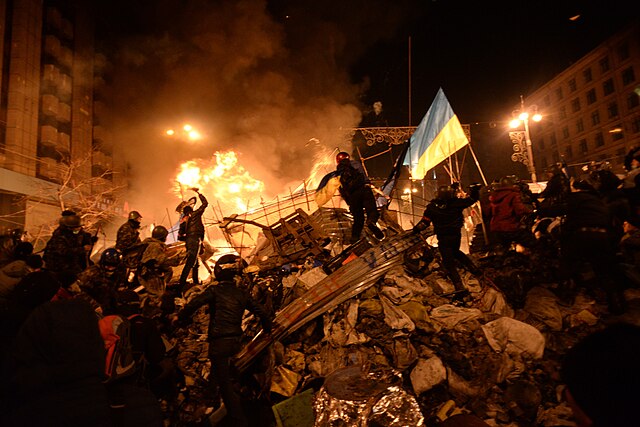
Image by Mstyslav Chernov
After the “barricade destruction” incident, politicians in Washington DC began to take an increasingly direct role in the protests. U.S. Secretary of State John Kerry issued a strongly worded statement that even at the time seemed way out of proportion to what had happened. "This response is neither acceptable nor does it befit a democracy," said Kerry, urging authorities to show "utmost restraint." "As church bells ring tonight amidst the smoke in the streets of Kyiv, the United States stands with the people of Ukraine.”
December 15, 2013: Senator John McCain (RAZ), the ranking Republican on the Senate Armed Services Committee, along with Senator Chris Murphy (D-CT), flew to Kiev to show solidarity and support of the protestors. McCain and Murphy dined with opposition leaders, including members of the anti-Semitic Svoboda party, and later appeared on stage in Maidan Square during a mass rally, where McCain addressed the protestors while standing shoulder to shoulder with Oleh Tyahnybok, the leader of Svoboda. “You need Europe, and Europe needs you.” McCain shouted to the crowd "Ukraine will make Europe better and Europe will make Ukraine better," he added. He also delivered warnings of stern reactions from the U.S. should Ukraine use violence against the protesters.

Screenshot Youtube
Tyahnybok was expelled from the Our Ukraine parliamentary faction in 2004 after giving a speech demanding that Ukrainians fight against a "Muscovite-Jewish mafia" using two highly insulting words to describe Russians and Jews and emphasizing that Ukrainians had in the past fought this threat with arms. In 2005 he wrote open letters demanding Ukraine do more to halt "criminal activities" of "organized Jewry".
As a result, the World Jewish Congress called for Svoboda to be banned for its hardline anti-Semitic stance, and public Jewish events celebrating Hanukkah were cancelled due to fears of violence, with Jewish leaders urging their people to “increase security everywhere.”
While many of the Maidan protesters appeared motivated by anger over political corruption and the stagnant economy, ultra-nationalists and neo-Nazis were present in large numbers, and in the forefront during most of the violence against the police. Independent analysis of the composition of protestors reveals that the far-right Svoboda party was the most active collective agent in conventional and confrontational Maidan protest events, while the ultra-nationalist Right Sector was the most active collective agent in violent protest events.

Collective agents most frequently mentioned in Maidan protest events.
December 1 – Jan 15, 2014: Politicians from Berlin and Brussels also made what they described as “morale-boosting” trips to the square. To understand the provocative nature of such moves, you only need to recall the political outrage over the since proven false allegations that Moscow had used troll farms to voice support for Black Lives Matter protests. This unprecedented meddling in the internal affairs of Ukraine by foreign politicians directly violated the Budapest Memorandum Treaty of 1994, and drew denunciation from the Russian prime minister, Dmitry Medvedev, which he called "crude meddling in Ukraine's affairs.”
While passing out sandwiches and cookies to protestors, Victoria Nuland was confronted by a foreign journalist with accusations that the US was meddling in Ukrainian affairs. Her response was dismissive: “The only support the United States is contributing to the opposition is moral.”

Screenshot Youtube
January 1-15, 2014: In the western and central regions of Ukraine, armed Svoboda party members took over city halls and administrative buildings in ten regions and began issuing defiant proclamations of independence from the central government in Kiev. In eastern Ukraine, the prominently ethnic-Russian and Jewish citizens who heard what was being said about them by the neo-Nazi’s in the Maidan protests, and now saw them take over city halls and entire regions in the west, realized they needed to protect themselves and began organizing into organic self-defense forces.
The Phone call
February 4, 2014: Russian intelligence intercepted and leaked to the international media a telephone call in which Victoria Nuland and U.S. ambassador to Ukraine, Geoffrey Pyatt, discussed in detail their preferences for specific personnel in a post‐Yanukovych government. In apparent frustration with the EU, which had failed to join the US in threatening sanctions against the Yanukovych administration if they used violence against the protests, Nuland commented, “F**k the EU.”
Nuland and Pyatt also discussed the complex dynamic among the three principal opposition leaders, Victor Yatsenyuk, Oleh Tyahnybok, and Vitali Klitschko. Both Pyatt and Nuland agreed that it was best to keep Tyahnybok and Klitschko out of an interim government. In the former case, they worried about his neo-Nazi/extremist ties; in the latter, they seemed to want him to wait and make a bid for office on a longer‐term basis. Nuland stated that “I don’t think Klitsch should go into the government. I don’t think it’s necessary.” She added that what Yatseniuk needed, “is Klitsch and Tyanhybok on the outside.”
Nuland made clear that the U.Sfavored opposition candidate was Arseniy Yatsenyuk, who Nuland referred to as “Yats.” Yatsenyuk is an English-speaking lawyer and economist. Observers say he is smart, though not very charismatic. Critically, he was a protege of Tymoshenko, who the US State Department picked as opposition leader during Ukraine's 2004 Orange Revolution. During the telephone call, Nuland stated enthusiastically that, “Yats is the guy, who would do the best job.”
The two diplomats also revealed they were prepared to escalate the already extensive U.S. involvement in Ukraine’s internal affairs. Pyatt remarked that, “we want to try to get somebody with an international personality to come out here and help to midwife this thing (the post-coup transition].” Nuland clearly had Vice President Joe Biden in mind for that role. Noting that she was in contact with, “Jake Sullivan,” the Vice President’s National Security Adviser, and Sullivan informed her that “Joe Biden was willing and available to provide an atta‐boy and to get the details to stick. So Biden’s willing.”
Three key take-aways from the phone conversation:
- Russia intercepted, listened to, and analyzed this call and many others, so from at least Feb 2014 forward, the Russians no longer had any doubts about the role of the US government in the events that were unfolding on the ground in Ukraine.
- The call revealed the extent to which Nuland and Pyatt were meddling in Ukrainian affairs as they discussed who the new leaders would be at a time when President Victor Yanukovych was still Ukraine’s lawful president. It was astonishing to hear diplomats from a foreign government--and a country that routinely touts the need to respect democratic processes and the sovereignty of other nations—conspiring to remove the democratically elected Head of State so they could replace him with someone who they personally selected.
- It revealed that from February 2014 forward, Vice-President Joe Biden and his National Security Advisor, Jake Sullivan, were directly involved in the color revolution decision-making and coordination to overthrow the Democratically elected Government of Ukraine.
February 4th-20th, 2014: Nuland and Pyatthad their pro-Nato opposition leader selected and ready, all that was needed was a situation or event they could use as a catalyst to finish off the Yanukovych presidency. During the first three weeks of February, clashes between security forces and protestors intensified.

Screenshot Youtube
Feb. 20, 2014:Victoria Nuland saw her big chance on Feb. 20, 2014, when a mysterious sniper firing from a building controlled by the Right Sektor, shot and killed both police and protesters, escalating the crisis to Global attention.

Sniper mass murder: The president of the American Chamber of Commerce in Kyiv, Bernard Casey, described what he saw and heard on the ground: “On February 18-20, 2014, snipers massacred about 100 people (both protestors and police) on the Maidan, which means "Independence Square" in English. Although the US Ambassador and the opposition blamed the Yanukovych Administration, the evidence points to the shots coming from a hotel controlled by the ultranationalists, and the ballistics revealed that the protestors and the police were all shot with the same weapons.”
The Estonian foreign minister would later echo these claims: “Behind the snipers, it was not Yanukovych, but it was somebody from the new (opposition) coalition.”
The U.S Chamber of Commerce President continued: “Also on February 20, 2014, eight busloads of ethnic Russians from Crimea, who had come to Kiev to participate in Anti-Maidan demonstrations, were returning home when Right Sector terrorists attacked the convoy, burning the buses, and brutally beating, torturing, and even killing some of the peaceful demonstrators. This horrific event, now memorialized as the "Korsun Massacre", was a turning point to Crimea's destiny. Up to this point, the same ultranationalist militias had only threatened to launch attacks on ethnic Russians, now the threats were real, as the “Kosum Massacre” was covered extensively on TV and social media in Crimea.”
Feb. 21, 2014: For a brief period, it looked like the escalating crisis might be resolved peacefully when Yanukovych and the opposition parties signed a Europe-brokered deal, wherein he would agree to share powers with the opposition, and also call for early elections in May. But the deal was met with outrage from the increasingly militant protestors in the streets, as well as their American sponsors (Nuland and Pyatt), who immediately rejected it.

Right Sector and Svoboda militias line-up in battledress, armed with bullet-proof vests, steel shields, helmets, masks, batons and other weaponry, as they prepare for the final assault against security forces.
Feb. 22, 2014: The next night, well-trained militias from the Right Sektor and Svoboda, organized in 100-man brigades called “sotins” or “the hundreds,” led the final assaults against police. Within hours they had fire-bombed and overrun key government buildings, causing Yanukovych and many of his colleagues to flee for their lives. With swastika flags flying at city hall, and armed thugs patrolling the corridors of power, the final path to “regime change” was clear.
The coup was almost complete. Instead of trying to salvage the EU brokered agreement, Victoria Nuland and European Union officials arranged for an unconstitutional parliamentary procedure to strip Yanukovych of the presidency and declare a newly appointed regime “legitimate.”
When Kiev’s City Hall was seized with guns and Molotov cocktails, one of the first acts of the neo-Nazi fighters was to unfurl a number of flags and insignia. Prominent among the flags were swastikas, Iron Crosses, Nazi SS lightning bolts, and the Celtic cross used by the Ku Klux Klan. Using City Hall as their base of operations, members of Svoboda, the Right Sector, and other radical neo-Nazi vigilantes helped to maintain the public order for several weeks during the power transition process.
Feb 23, 2014: With the Yanukovych government overthrown, the color revolution teams at the State Department and CIA shifted to ‘all hands-on deck’ status in order to ensure their control of the new government.
Note: Freeze this moment in time. By consciously deciding to use the ultra-nationalists/neo-Nazi’s to overthrow the democratically elected President of Ukraine and replace him with their own hand-picked candidate, everything that was about to happen from this point forward is the responsibility of the US government color revolution administrators. Chaos theory says when a butterfly flaps its wings in Brazil, it spawns a tornado in Texas. Translation: Don’t F with nature, without understanding the potential consequences of your actions. The same goes for human nature.
“It’s hard to imagine a more stupid or dangerous way to make decisions than by putting those decisions in the hands of people that pay no price for being wrong.” Thomas Sowell
As violence escalated around the country, an unmarked U.S. government plane touched down at a private airport in Kyiv. Onboard was John O. Brennan, the director of the C.I.A. The purpose of his “Top Secret” visit was to meet with the newly anointed Ukraine spy chief, Valentyn Nalyvaichenko. The meeting also was attended by the CIA’s Ukrainian station chief, and his British counterpart from the MI6. Three key topics were discussed: control of Ukrainian gas, status of the Russian Naval Base in Sevastopol Crimea, and the formation of a three-way intelligence gathering partnership between the US, UK, and Ukraine. “That’s how it all started,” Mr. Nalyvaichenko would later tell the New York Times (NYT).
Unbeknownst to the meeting attendee’s, the Russians were still monitoring US and Ukrainian communications during and after Brennan’s “top secret” visit. Hours after the meeting adjourned, the Kremlin’s published a photoshopped image of the C.I.A. director wearing a clown wig and makeup.
Brennan flew back to Washington DC, where President Barack Obama and the rest of his ‘war cabinet’ were waiting. According to the NYT, some of Obama’s advisers did not believe that Ukraine was in the US National interests and recommended that the CIA program be shut down. John Brennan, and Vice-President Joe Biden dismissed their concerns and persuaded them that “shutting down the operation would be self-defeating because of all the potential intelligence they would miss out on in the future.”
Note: There is a lot of disagreement amongst journalist about which version of the events in Ukraine that Brennan shared with Obama. Did Brennan tell the President the truth, that the US and its NGO color revolution partners: coordinated and resourced the protests, covertly partnered with the neo-Nazi to break down government security forces, and hand-picked the opposition leaders to replace the duly elected President of Ukraine while he was still in office? Or did Brennan tell the President the color revolution propaganda version: that the protests were organic, and the regime change was just another example of Democracy rising up to defeat authoritarianism? An examination of Obama’s public statements between 2014 and his last day in office in 2017, suggest that Brennan likely told him the propaganda version:
“There are ways to deter, but it requires you to be very clear ahead of time about what is worth going to war for and what is not. Now, if there is somebody in this town that would claim that we should consider going to war with Russia over Crimea and eastern Ukraine, they should speak up and be very clear about it.”
PresidentObama’s public-facing position was that the US should stay out of Ukraine’s internal affairs because getting involved was not in the US national interests.Whether Obama shared the time-tested logic of his public-facing position with his war cabinet, we do not know. What we do know is that after the meeting, the Obama administration abruptly shifted its priority of time and resources from Iraq and Afghanistan to Ukraine.
23-25 Feb 2014: After Yanukovych was stripped of the presidency, the Chairperson of Parliament, Oleksandr Turchynov, was appointed to the role of Acting President. Two days later, Arensy Yatsenyuk “Yats” was appointed as the new Prime Minister of Ukraine.
PART 3 will be released shortly...


